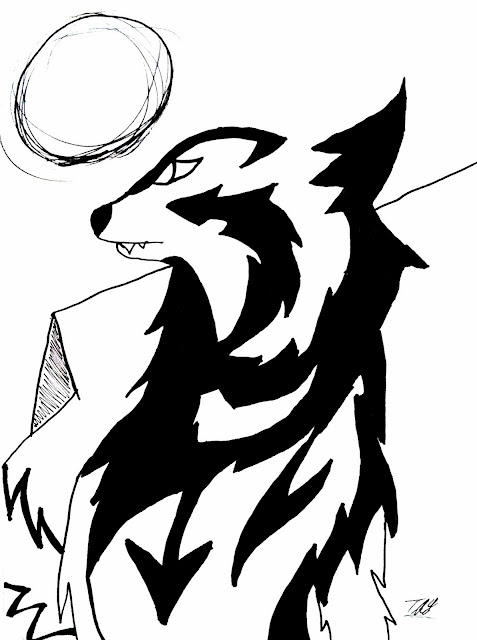The process of marbling looks a bit like dropping food coloring into water. We began by gently dropping droplets of paint into a tub of water (well, special water). The paint expanded and grew and danced on the surface. Students added whatever other colors they wanted, and then used special rakes and other utensils to push and pull the design around (marbling it). A lot of students created very meticulous designs; others went all out and mixed, and mixed (and mixed).
Overall, the process was really fun and experimental, and students achieved truly amazing results. Below are four beautiful examples from the eighth grade:
And finally, here is my new favorite video: two students experimenting with marbling paper for the first time. The best:


















































.JPG)
